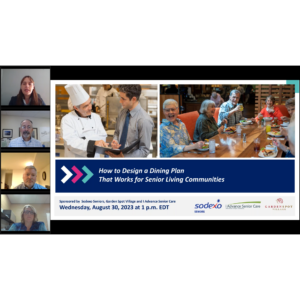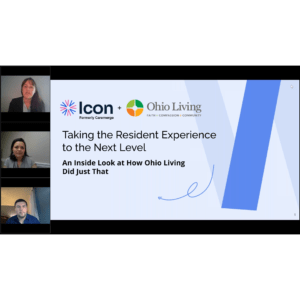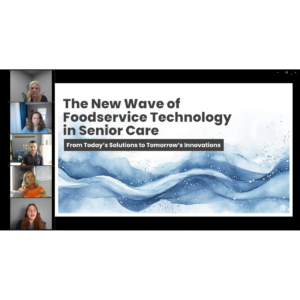Leveraging Technology and Workflow Automation to Prevent Staff Burnout
Leveraging Technology and Workflow Automation to Prevent Staff Burnout
A new webinar for executives, administrators, directors and other care leaders at senior care and LTC facilities.
Presented October 27, 2022
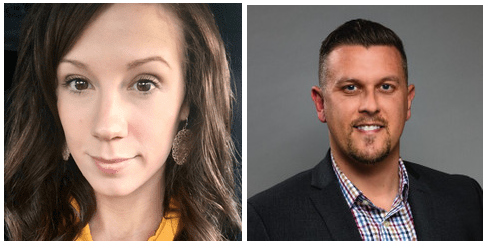
This resource is only available to members.
Already a member? Log in.
Not a member yet? Start your FREE membership and access this resource now.
Managing workflows, processes, and applications required to provide quality and positive healthcare experiences has become unmanageable for most providers.
As a result of the COVID-19 pandemic, EmpRes Healthcare, like other senior care facilities, found itself juggling new and stricter regulations, keeping staff and residents safe, and continuing to providing quality care.
The result was that the organization struggled to prevent staff burnout.
Sound familiar?
EmpRes turned to automation and technology to combat the problem, eliminating the need for FTEs to manage health screenings. The initiative meant these clinicians could resume working on the floor and providing care — where they were sorely needed.
Watch this webinar and discover the challenges EmpRes faced, the technology solutions they implemented, and what they learned along the way. You'll walk away armed with information to give time back to staff, create quality healthcare experiences via efficiency, and make technology work for you.
You'll learn:
- The critical questions to ask your technology application vendors — before you start
- How you can automate workflows so your care team can spend less time at the computer and more time bedside
- How EmpRes was able to track and demonstrate the ROI of its automation, on an ongoing basis
- How the data that automation provides will help you make more timely and informed health care decisions
- And much, much more!
Your Presenters
Misty Reid
Chief Nursing Officer
EmpRes Healthcare
Misty joined EmpRes Healthcare in 2016. She comes with over 13 years of healthcare experience in the LTC industry. She has worked for UCHealth and Life Care Centers of America prior to joining EmpRes. She began her career as a CNA before becoming an RN. Her career journey has taken her through many different positions throughout long term care, including Director of Nursing, Regional Director of Clinical Operations, Divisional Director of Clinical Operations, and Director of Clinical Integration.
Misty holds a Bachelor degree in Nursing from the University of Wyoming, and in 2020 received her Master’s Degree in Acute Care Gerontology, earning the title of Acute Care Adult Gerontology Nurse Practitioner (APRN) through the University of Northern Colorado.
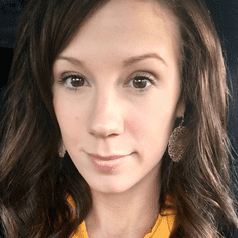
TK King, MBA, MPH
VP of Healthcare Strategy
Accushield
TK King joined the post-acute healthcare industry in 2006 to help promote quality care, improve the clinician experience, and educate the lawmakers that shape regulations and policies at both the State and Federal levels. His experience includes direct patient care, clinical support, software and project management, training and development, analytics, regulatory compliance and education, and operational strategy. Whether it’s eliminating unnecessary tasks in day-to-day operations or automating processes and systems, TK believes quality outcomes and customer satisfaction can be driven by creating a positive experience in the workplace.
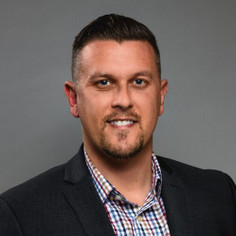
I Advance Senior Care is the industry-leading source for practical, in-depth, business-building, and resident care information for owners, executives, administrators, and directors of nursing at assisted living communities, skilled nursing facilities, post-acute facilities, and continuing care retirement communities. The I Advance Senior Care editorial team and industry experts provide market analysis, strategic direction, policy commentary, clinical best-practices, business management, and technology breakthroughs.
I Advance Senior Care is part of the Institute for the Advancement of Senior Care and published by Plain-English Health Care.
Related Articles
Topics: Administration , Clinical , Featured Articles , General Technology , Housing , Information Technology , Operations , Resident Care , Senior Environments , Technology & IT , Video , Webinars


